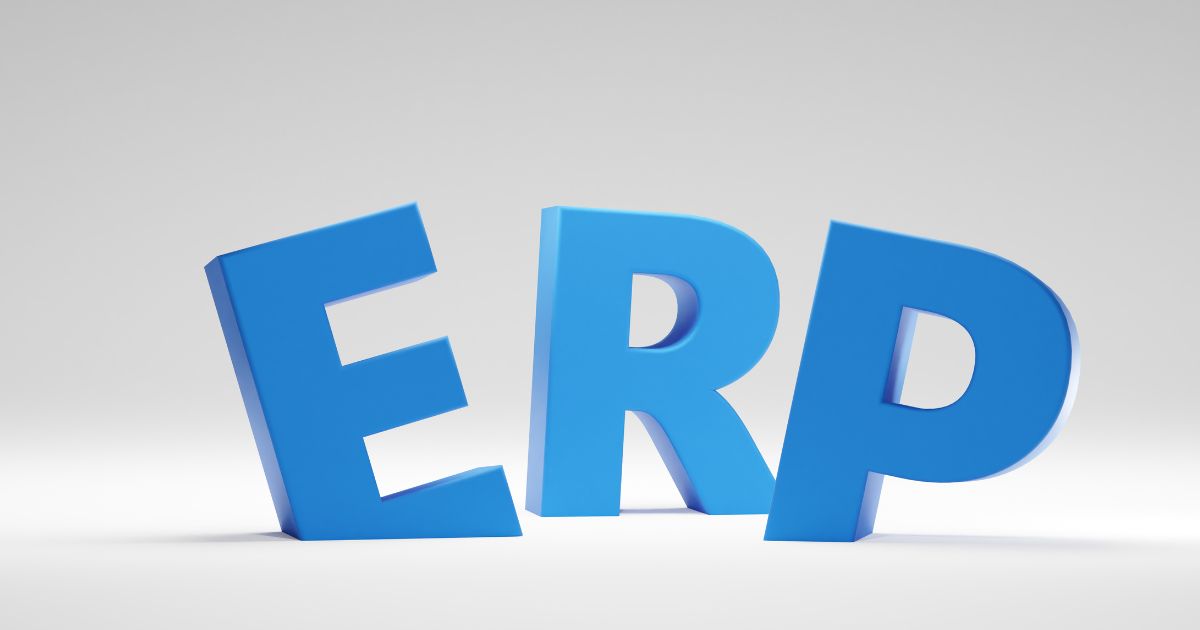Hey you!
Be first one to get the new updates.
Find the best ERP tools for Strategic Financial Planning and learn how they help finance teams plan smarter, faster, and with more confidence.

Enterprise Resource Planning (ERP) system software for strategic financial planning integrates core financial management with built-in tools for budgeting, forecasting, scenario modeling, and real-time analytics.
However, organizations lack integrated financial planning modules in their ERP systems. This gap forces finance teams to rely on disconnected tools and spreadsheets, which slows down planning and increases the risk of errors.
A 2025 report found that 64% of FP&A teams cited data accuracy and integrity as their biggest challenge, while 52% struggled with integrating disparate systems and data sources
If your ERP can’t help you plan with confidence, is it really supporting your strategy?
Strategic financial planning is a long-term, goal-oriented financial process that enables organizations to set financial targets, allocate resources effectively, and anticipate future challenges. It goes beyond traditional budgeting by incorporating forecasting, scenario analysis, and performance measurement, providing a strategic lens for financial decision-making.
An integrated ERP system for finance brings together real-time data across departments, enabling finance teams to plan proactively.
These systems reduce data silos, standardize financial processes, and offer reporting dashboards and planning modules that are essential to strategic financial management.
To support smart financial decisions, an ERP system should have the right tools and features. Let’s look at what makes an ERP system a good fit for strategic financial planning.
A high-performing financial planning software must support modules for budgeting, forecasting, and modeling. The ability of an ERP to integrate these modules—natively or through APIs—can significantly impact the success of your financial planning strategy.
Real-time insights are important in today’s environment. An ideal finance ERP should offer visual dashboards, real-time KPI tracking, and customizable reporting features to support strategy formulation and timely decision-making.
As businesses grow, their systems must scale too. Modern ERP system software should support various deployment models (cloud, on-premise, or hybrid) and incorporate emerging technologies such as AI, predictive analytics, and workflow automation to meet the needs of tomorrow’s finance teams.
While specific ERP brands offer different functionalities, there are common capabilities to look for when selecting a system for financial strategy alignment:
Automation and system integration can make planning faster and more accurate. Here's how they help improve strategic financial planning.
Automated data pipelines and triggers can ensure the financial planning process is based on the most current and accurate data. Whether it’s importing data from CRMs, updating forecast models based on sales trends, or reconciling accounts, automation helps reduce manual work and increases planning agility.
ERP systems that offer integration with other platforms, either CRM, payroll, procurement, or HRIS, create a holistic financial ecosystem. These connections enable a seamless flow of data, which is important for real-time strategic adjustments.
Recent studies show that financial planning tools are improving fast, and that’s changing how businesses use ERP systems. These changes are helping ERP systems play a bigger role in long-term financial planning.
Gartner highlights a growing shift where ERP platforms now include features once found only in standalone financial planning tools. Forecasting, scenario modeling, and budgeting are increasingly built into modern ERP systems, reducing the need for separate solutions and giving finance teams a more unified view of their operations.
According to a 2025 Gartner survey, over 70% of finance leaders are prioritizing investments in cloud-based ERP systems with built-in AI and analytics. These tools support real-time forecasting, automation, and remote collaboration, capabilities that are now essential for strategic financial planning in fast-changing and globally connected environments.
Not all ERP systems are the same, so it’s important to choose one that fits your business needs. This part will help you understand what to look for when making your choice.
Look for ERPs that provide:
Strategic ERP implementation involves aligning internal workflows, data structures, and reporting formats with the system’s capabilities. Planning for training, change management, and scalability ensures a smoother rollout.
ERP systems have grown into powerful tools for driving strategy, not just tracking data. Relying on spreadsheets leads to blind spots and delays.
A well-integrated ERP delivers real-time insights and sharper forecasts. If your system can’t support long-term planning, it’s time to rethink your approach. Choose tools that help you plan smarter and act with confidence.
Don’t wait for inefficiencies to snowball. Invest in an ERP built to plan, predict, and push your business forward.